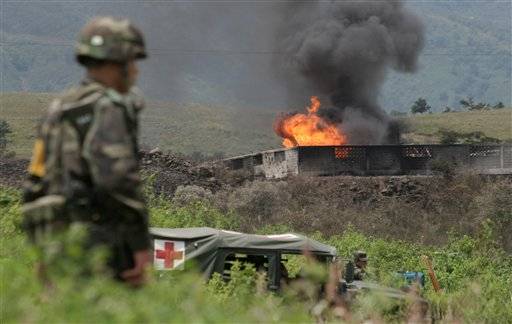This must be one of those “absent-minded” professors we’re always hearing about. Because he’s apparently not one of the “treehugging liberal elite,” either.
Celeste Monforton points out that Professor Rick Honaker of the University of Kentucky recently wrote an Op-Ed – but didn’t disclose that his professorship, and his department, take money from mining interests – and made broad and extravagant claims regarding the introduction of H.R. 2768:
In “New Mining Bill Premature,” printed in the Lexington Herald-Leader, Professor Rick Honaker says it is incomprehensible” that Congress is attempting to place new safety requirements on coal operators. * He claims new mandates will “serve no useful purpose” and will “only undermine the efforts of those trying to implement” the 2006 MINER Act. That’s some tough criticism.
On closer look, I notice that neither the op-ed itself nor the professor’s byline mentions his university department’s financial connection to mining industry—an industry that also strongly opposes HR 2768. These ties include a large financial endowment established by the mining industry, called the Mining Engineering Foundation. The Foundation was created in 1983 with a $1 million endowment, which included a hefty donation of $500,000 from Mr. Catesby Clay, president of Kentucky River Coal.** Interest from the fund now provides financial support to school’s mining engineering department.
– snip –
In Dr. Honaker’s case, his byline states:
“Rick Honaker is the Mining Foundation Distinguished Professor and chairman of the University of Kentucky department of mining engineering.”
I’ve since learned that Dr. Honaker’s distinguished professorship is affiliated with the Mining Engineering Foundation, (not the Mining Foundation.) This led me to the information about the group’s financial support of Professor Honaker’s department.
– snip –
Notes:
*In the posted version of Rick Honaker PhD’s op-ed, the yellow highlighted phrases are mine (for emphasis.)
**Mr. Clay was recently honored
by the Kentucky Coal Association.
It’s disturbing that the Lexington Herald-Leader couldn’t (or wouldn’t) figure this out for itself – it’s axiomatic that readers are entitled to know who’s speaking – or on whose behalf a speaker works.
If Professor Honaker ever testifies under oath, and makes, or has made, a practice of this omission, he’s laid an elegant foundation for some interesting cross-examination. To quote the noted trial lawyer David Lewis, “Bias is never collateral.”
Let’s suppose for a moment that Honaker is right about the legislation in question. But now, having concealed his financial ties, he’s made a permanant and public record of misleading by omission. If he’s an honest scholar, he’s unfairly damaged his own reputation.




